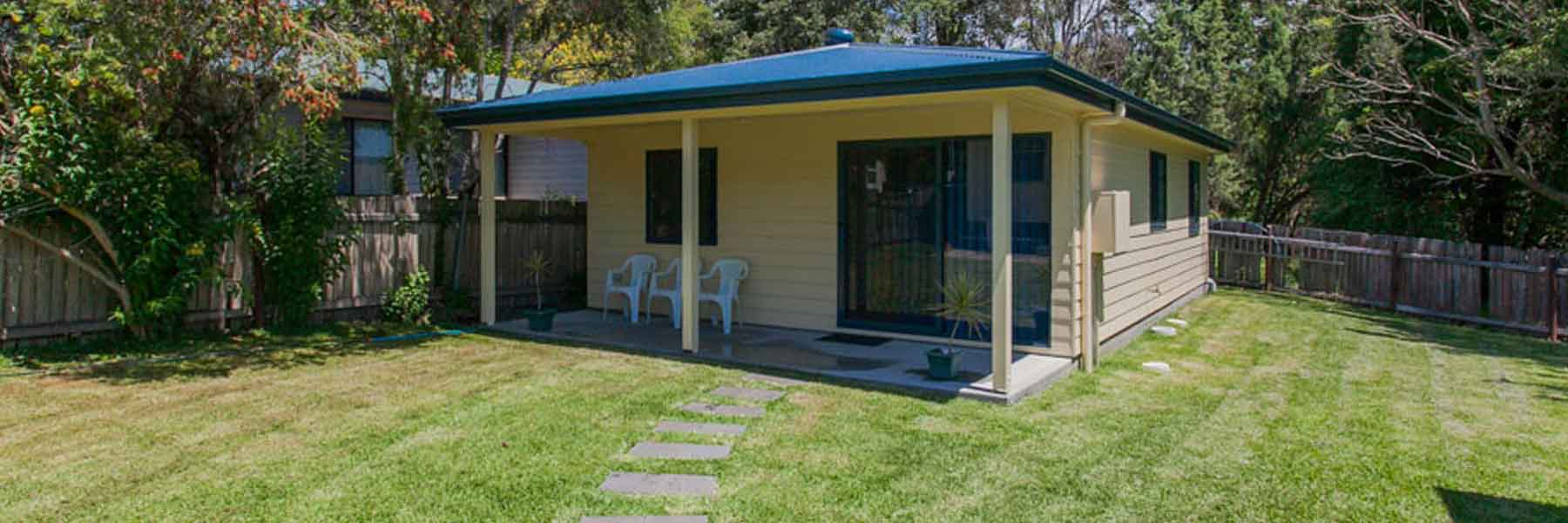Increase the size of your deposit
It makes sense that the larger deposit you contribute to the purchase price of your home, the less you’ll have to borrow and the less interest you’ll pay overall. If you decide to refinance your home loan, or are in the process of saving up for one, consider contributing a larger deposit than the usual 20% required by most lenders wherever possible.
This will assist you in getting approved for loans with the lowest interest rate available.
Refinance to access a lower interest rate
Always be vigilant and keep your eyes on the market for better rates and deals. If you find another lender who can offer you a lower interest rate with a loan which has the features you’re looking for, you could potentially save yourself thousands over the life of your loan by switching to their mortgage.
Your current lender may even be able to offer you a lower interest rate or improved loan terms to prevent you from refinancing your home loan with another lender.
Use an offset account
An offset account is simply an account attached to your home loan which offsets your outstanding home loan balance. The primary benefit of using an offset account is that it utilises money you have left from your wages (after you pay your mortgage) essentially as an interest-free contribution. This reduces your overall interest, as it’s only charged based on the principal you owe.
For example, if you have a loan balance of $500,000 but have $100,000 in an offset account, you’ll only be charged interest on $400,000.
Make extra repayments on your home loan
By making additional home loan repayments above the minimum required amount, you’ll continually be reducing your home loan’s principal, thus reducing the total interest you pay over the term of the loan.
If you team up the ability to make extra repayments with a loan redraw facility, you can make as many additional payments as you’re able to afford secure in the knowledge that you can access your savings if ever you have an urgent need.
Reduce the duration of your loan
By choosing or switching to a home loan with a shorter loan term, you will ultimately be reducing the overall interest you pay on your home loan. This is a good option if you find yourself able to repay more than your current loan repayments.
Bear in mind that as the loan term reduces, monthly repayments will increase.










